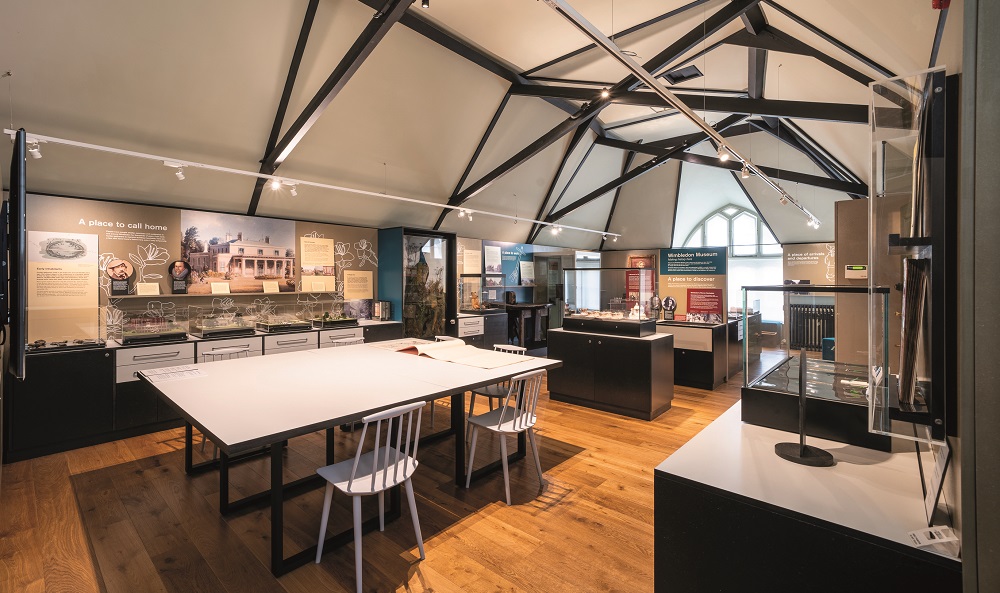
WIMBLEDON MUSEUM TREASURES
WIMBLEDON MUSEUM TREASURES
We take a peek inside Wimbledon Museum following its refurb and find a trove of fascinating objects which offer a glimpse into history…
A war-worn teddy bear, a taxidermy peacock and mansions in miniature are just some of the highlights on display at the newly refurbished Wimbledon Museum. Situated above the Wimbledon Village Club at 22 Ridgway, the museum opened back in 1916 and has been documenting our locale ever since. The building, under the stewardship of the Village Hall Trust, is listed and behind the façade, there is also the local social club (Oliver Reed was once a regular), a snooker hall as well as a space for private events.
Head up the stairs, and you’ll find the museum. Its closure during the pandemic offered the opportunity to rethink the space as well as allowing a pause for some fundraising. Donations poured in from locals, adding to a substantial sum reserved by the Wimbledon Society, which runs the museum. The new space is flooded with light from the beautiful bow window, there’s now a small play corner for kids, and the diverse collection is well presented with informative panels to explain the context of the objects.
The collection is as eclectic as it is poignant. One of the highlights is ‘Red Teddy’ who was pulled from the rubble of a house in Melbury Gardens that had been hit by a Flying Bomb in 1944. The family miraculously survived, perhaps because of their dog who would not budge from the air raid shelter on the day of the bomb. They hadn’t used the shelter for years because it was damp and uncomfortable but that night, the family and their neighbours copied the dog and slept in the shelter, which saved their lives. Audrey Noël Hume (née Baines), the young girl who owned the bear, became a renowned archaeologist and joint honorary curator of the museum. More poignant still are the reminders of Wimbledon’s links to the slave trade. On one side of the room are ornate models of old mansions that no longer stand, almost all have connections to slavery. On the other side, is a duplicate of the blue plaque that adorns a wall marking the former home of abolitionist William Wilberforce.
The detail of the manor houses is incredible, even the trees are believed to be historically accurate. One model depicts the house of Sarah Churchill, The Duchess of Marlborough, which had a secret tunnel for the servants. The tunnel still exits. And the old Spencer manor house might have inspired Raymond Briggs’ The Strange House.
Other sections cover the suffragettes in Wimbledon with the collection including a brooch that once belonged to Rose Lamartine Yates, who would give speeches on Wimbledon Common. There are also collections of maps, art and books, as well as directories listing who lived where through the years so you can pop along to research the history of your house or your relatives. There is room in the museum for further objects to be on show in the future. The displays have been designed to be flexible so content can be added or rotated to keep visitors coming back.
A grant has been provided by Merton Council for the museum’s outreach programme. Various programmes with schools are being implemented including a joint initiative with Polka Theatre. A sensory trail and a video will also be created to bring the stories in the museum to life, making it widely accessible to all. It’s all very impressive, particularly given that it is staffed entirely by volunteers. The museum is free to visit but donations are very much welcomed.
The museum is open Friday, Saturday and Sunday, 2.30pm to 5pm.






